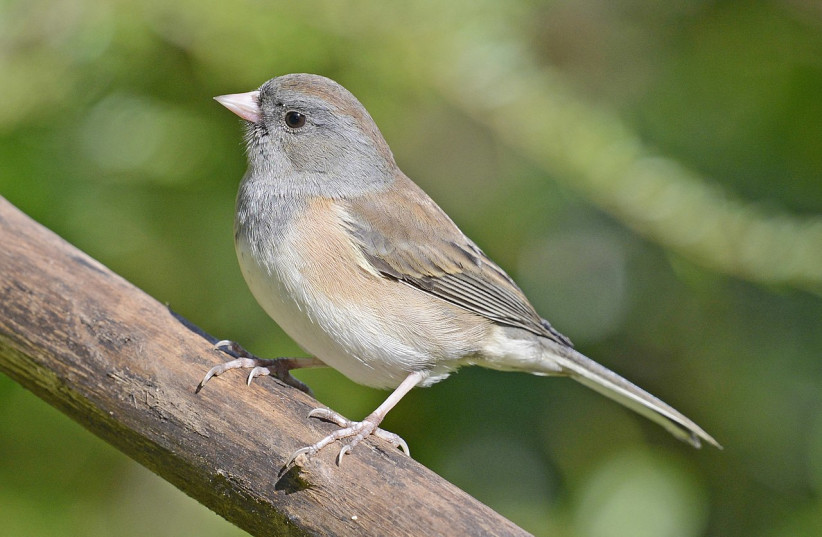A subtype of the avian (bird) flu virus, found in poultry farms in China, is undergoing mutational changes that could increase the risk of the zoonotic disease being passed on to humans, according to a new Chinese/British study.
The researchers said their findings raise concerns of a potential epidemic or pandemic in the making and that concerted research is urgently needed to closely monitor it.
The results, which have been published in Cell under the title “Airborne transmission of human-isolated avian H3N8 influenza virus between ferrets,” reports on the characterization of a human isolate from the H3N8 avian influenza virus (AIV). The virus in China caused two confirmed human infections in 2022, followed by a fatal case reported this year.
Virus can cause acute respiratory distress syndrome
Using lab mice and ferrets as models for human infection, the study found that the virus has undergone several adaptive changes, causing severe animal infections and making it transmissible by air between animals.

People, even when vaccinated against human H3N2 virus, appear immunologically naïve to emerging mammalian-adapted H3N8 AIVs, and could be highly vulnerable to infection, said Prof. Jinhua Liu of the China Agricultural University in Beijing.
In humans, the avian H3N8 virus infection has been found to cause acute respiratory distress syndrome and can even be fatal. The virus is widespread in chicken flocks, but until now, the features of how it might be transmitted from animals to humans have been poorly understood.
“We show that an avian H3N8 virus isolated from a patient with severe pneumonia replicated efficiently in human bronchial and lung epithelial cells, was extremely harmful in its effects in laboratory mammalian hosts, and could be passed on through respiratory droplets,” said Prof. Kin-Chow Chang of the University of Nottingham.
“Importantly, we discovered that the virus had acquired human receptor binding preference and amino acid substitution PB2-E627K, which are necessary for airborne transmission. Human populations, even when vaccinated against human H3N2 virus, appear immunologically naïve to emerging mammalian-adapted H3N8 AIVs and could be vulnerable to infection at epidemic or pandemic proportions,” said Liu.
“Acid resistance of influenza virus is also an important barrier for avian influenza virus to overcome to acquire the adaptability and transmissibility in new mammals or humans,” Liu continued. “The current novel H3N8 virus has not acquired the acid resistance yet. So, we should pay attention to the change of acid resistance of the novel H3N8 virus.”
